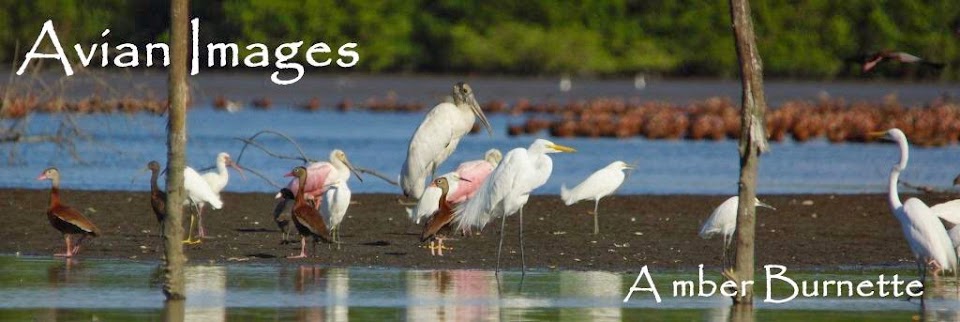 The first photos of a merlin are from the week before, but I couldn't upstage that Peregrine with another story to share the space with. This merlin was so unique to me - appeared almost orange on the chest.
The first photos of a merlin are from the week before, but I couldn't upstage that Peregrine with another story to share the space with. This merlin was so unique to me - appeared almost orange on the chest. This is a good comparison of male and female size difference in Sharp-shinned hawks. The male is the one to the right. "Yes, dear" is heard frequently.


How about this look? This is another Shin who almost looked like a Coopers Hawk. The Coops usually have a darker "cap", and this bird really appeared to have that. You can tell it is a Shin not only from the size and the shape of the head, seen here, but the regal bearing of this individual sure suggested that higher ambitions were present.







































